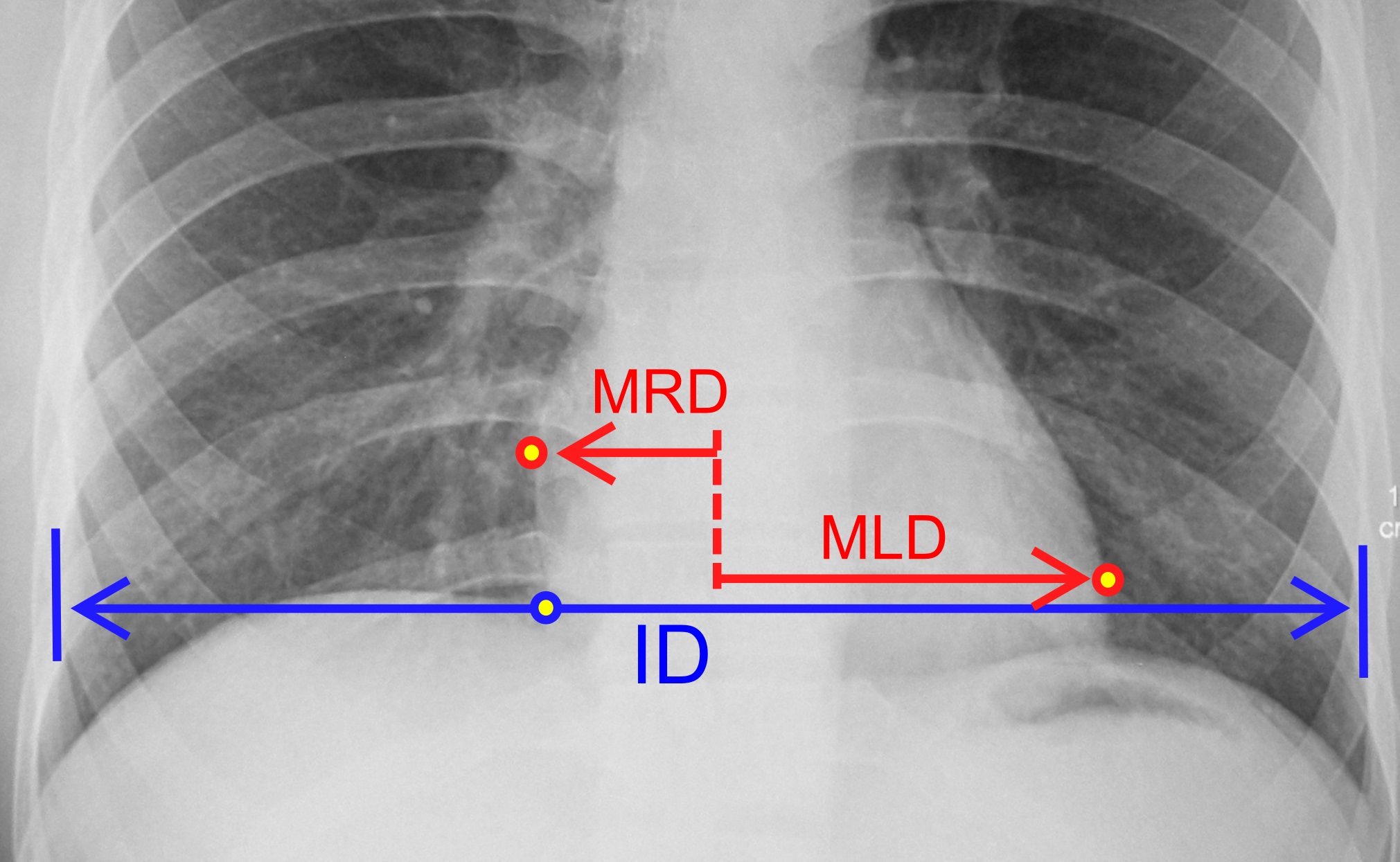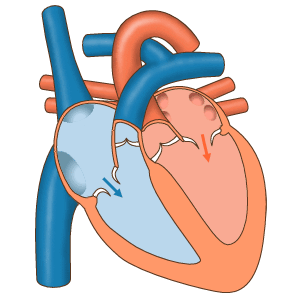|
Shikishima Katsumori
Shikishima Katsumori (born 15 December 1970 as Hiromichi Yoshitane) is a former sumo wrestler from Funabashi, Chiba, Japan. He made his professional debut in January 1989, and reached the top division in November 1994. His highest rank was ''maegashira'' 1. He defeated Takanohana twice in 1998 to earn his only two ''kinboshi'' for a ''yokozuna'' upset. His stablemaster, former ''sekiwake'' Aonosato retired in November 2000 and he moved from Tatsutagawa stable to Michinoku stable. He retired in May 2001 after being diagnosed with a heart ailment, and has remained in sumo as an elder of the Japan Sumo Association and coach at Michinoku. He has borrowed a succession of elder names since his retirement. Since 2013 he has been known as Urakaze. Career He did judo while at high school, joining Tatsutagawa stable in January 1989 just before graduating. Following him into the stable two months later was the future ''maegashira'' Toyozakura. He initially fought under his own surname of ... [...More Info...] [...Related Items...] OR: [Wikipedia] [Google] [Baidu] |
Tatsutagawa Stable
Tatsutagawa stable (立田川部屋, ''Tatsutagawa beya'') was a ''heya'' (stable) of sumo wrestlers, part of the Tokitsukaze ''ichimon'' or group of stables. It was active from 1971 until 2000. History The stable was founded in 1971 by the former ''yokozuna'' Kagamisato. He had become head coach of the Tokitsukaze stable in 1968 upon the death of the previous stablemaster, Futabayama, but was forced out because Futabayama's widow (who retained the rights of the stable and its premises) wanted the former '' ōzeki'' Yutakayama Katsuo in charge instead. Kagamisato took the elder name of Tatsutagawa (which had previously been used by several ''gyōji'' but had remained vacant since 1961) and set up the stable without taking any recruits with him from Tokitsukaze stable. He was joined by Tatsutayama Oyakata, the former ''ōzeki'' Ouchiyama, who worked as a coach at the new stable until his death in 1985. The stable was unable to attract many promising wrestlers and Kagamisato reache ... [...More Info...] [...Related Items...] OR: [Wikipedia] [Google] [Baidu] |
Makushita
Professional sumo as administered by the Japan Sumo Association is divided into six ranked divisions. Wrestlers are promoted and demoted within and between these divisions based on the merit of their win–loss records in official tournaments. For more information see ''kachi-koshi'' and ''make-koshi''. Wrestlers are also ranked within each division. The higher a wrestler's rank within a division is, the stronger the general level of opponents he will have to face becomes. According to tradition, each rank is further subdivided into East and West, with East being slightly more prestigious, and ranked slightly higher than its West counterpart. The divisions, ranked in order of hierarchy from highest to lowest, are as follows: ''Makuuchi'' , or , is the top division. It is fixed at 42 wrestlers who are ranked according to their performance in previous tournaments. At the top of the division are the "titleholders", or "champions" called the ''san'yaku'' comprising ''yokozuna'', ... [...More Info...] [...Related Items...] OR: [Wikipedia] [Google] [Baidu] |
Kenkō Satoshi
Kenkō Satoshi (剣晃 敏志, 27 June 1967 – 10 March 1998) was a sumo wrestler from Osaka, Japan. His highest rank was ''komusubi.'' Career Debuting in November 1984, he reached the second highest ''jūryō'' division in March 1991. His first tournament in the top ''makuuchi'' division was in July 1992. Scoring only three wins there he fell back to ''jūryō'', but reappeared in ''makuuchi'' in March 1993. He reached his highest rank of ''komusubi'' in May 1995. He fell back to ''maegashira'' 4 in July but turned in a strong 11-4 record, defeating ''yokozuna'' Akebono and returning to ''komusubi'' in September 1995. He also defeated ''yokozuna'' Takanohana in May 1996, the only wrestler to do so in that tournament. In May 1997 Kenkō managed an 8-7 record at ''maegashira'' 11, but that was to be the last tournament in which he competed. He was hospitalised from July 1997, suffering from pancytopenia caused by an extremely rare form of leukemia (only four previous cases had ... [...More Info...] [...Related Items...] OR: [Wikipedia] [Google] [Baidu] |
Enlarged Heart
Cardiomegaly (sometimes megacardia or megalocardia) is a medical condition in which the heart is enlarged. As such, it is more commonly referred to simply as "having an enlarged heart". It is usually the result of underlying conditions that make the heart work harder, such as obesity, heart valve disease, high blood pressure (hypertension), and coronary artery disease. Cardiomyopathy is also associated with cardiomegaly. Cardiomegaly can be serious depending on what part of the heart is enlarged, and can result in congestive heart failure. Recent studies suggest that cardiomegaly is associated with a higher risk of sudden cardiac death. Cardiomegaly may improve over time, but many people with an enlarged heart (dilated cardiomyopathy) need lifelong treatment with medication. Having an immediate family member who has or had cardiomegaly may indicate that a person is more susceptible to getting this condition. Signs and symptoms For many people, cardiomegaly is asymptomatic. For ot ... [...More Info...] [...Related Items...] OR: [Wikipedia] [Google] [Baidu] |
Cardiac Function
Cardiac physiology or heart function is the study of healthy, unimpaired function of the heart: involving blood flow; myocardium structure; the electrical conduction system of the heart; the cardiac cycle and cardiac output and how these interact and depend on one another. Blood flow The heart functions as a pump and acts as a double pump in the cardiovascular system to provide a continuous circulation of blood throughout the body. This circulation includes the systemic circulation and the pulmonary circulation. Both circuits transport blood but they can also be seen in terms of the gases they carry. The pulmonary circulation collects oxygen from the lungs and delivers carbon dioxide for exhalation. The systemic circuit transports oxygen to the body and returns relatively de-oxygenated blood and carbon dioxide to the pulmonary circuit. [...More Info...] [...Related Items...] OR: [Wikipedia] [Google] [Baidu] |
Ichimon
The following words are terms used in sumo wrestling in Japan. A B C D E F G H I J K M N O R S T W Y Z References External links Glossary of Sumo TermsSumopediaat NHK World-Japan {{Glossaries of sports Sumo is a form of competitive full-contact wrestling where a ''rikishi'' ( ... [...More Info...] [...Related Items...] OR: [Wikipedia] [Google] [Baidu] |
Aonosato Sakari
Aonosato Sakari (born Sakari Ogasawara; November 13, 1935 – May 16, 2008) was a sumo wrestler from Kuraishi, Aomori, Japan. He made his professional debut in March 1953, and reached the top division in January 1959. His highest rank was ''sekiwake''. Upon retirement from active competition he became an elder in the Japan Sumo Association under the name Hatachiyama. In 1988 he took over as head coach at Tatsutagawa stable from former ''yokozuna'' Kagamisato and became ''Tatsutagawa-oyakata''. Two months prior to reaching the Sumo Association's mandatory retirement age of 65 in November 2000, Tatsutagawa stable was shut down and the remaining wrestlers transferred to Michinoku stable. His son Moriyuki was born in 1970 and also became a sumo wrestler, reaching a highest rank of ''makushita'' 42 under the ring name of Fusanosato. Career record *''The Kyushu tournament was first held in 1957, and the Nagoya tournament in 1958.'' ... [...More Info...] [...Related Items...] OR: [Wikipedia] [Google] [Baidu] |
Sanyaku
The following words are terms used in sumo wrestling in Japan. A B C D E F G H I J K M N O R S T W Y Z References External links Glossary of Sumo TermsSumopediaat NHK World-Japan {{Glossaries of sports Sumo is a form of competitive full-contact wrestling where a ''rikishi'' ( ... [...More Info...] [...Related Items...] OR: [Wikipedia] [Google] [Baidu] |
Takanohana Kōji
is a Japanese former professional sumo wrestler and coach. He was the 65th man in history to reach sumo's highest rank of ''yokozuna'', and he won 22 tournament championships between 1992 and 2001, the sixth highest total ever. The son of a popular '' ōzeki'' ranked wrestler from the 1970s, Takanohana's rise through the ranks alongside his elder brother Wakanohana and his rivalry with the foreign born ''yokozuna'' Akebono saw interest in sumo and attendance at tournaments soar during the early 1990s. Takanohana was the youngest ever to reach the top division at just 17, and he set a number of other age-related records. He had a solid but aggressive style, looking to get a right hand grip on his opponents' ''mawashi'' and move them quickly out of the ring. He won over half his bouts by a straightforward '' yorikiri'', or force out. In his later career he suffered increasingly from injuries, and he retired in January 2003 at the age of 30. He became the head coach of Takanoha ... [...More Info...] [...Related Items...] OR: [Wikipedia] [Google] [Baidu] |
Makuuchi
, or , is the top division of the six divisions of professional sumo. Its size is fixed at 42 wrestlers (''rikishi''), ordered into five ranks according to their ability as defined by their performance in previous tournaments. This is the only division that is featured on NHK's standard live coverage of sumo tournaments. The lower divisions are shown on their satellite coverage, with only the ''makuuchi'' broadcast having bilingual English commentary. ''Makuuchi'' literally means "inside the curtain", a reference to the early period of professional sumo, when there was a curtained-off area reserved for the top ranked wrestlers, to sit before appearing for their bouts. Wrestlers are considered for promotion or demotion in rank before each grand tournament according to their performance in the one previous. Generally, a greater number of wins than losses (''kachi-koshi'') results in a promotion, and the reverse (''make-koshi'') results in demotion. There are stricter criteria ... [...More Info...] [...Related Items...] OR: [Wikipedia] [Google] [Baidu] |
Shikona
A is a sumo wrestler's ring name. The tradition of ring names in sumo dates back to the Edo period, where they were used as a means to attract customers and hide the identities of the ''rikishi''. Like standard Japanese names, a ''shikona'' consists of a surname and a personal, or given name, and the full name is written surname first. However, the personal name is rarely used outside formal or ceremonial occasions. Thus, the former ''yokozuna'' is usually referred to as simply ''Asashōryū''. When addressing a sumo wrestler of the ''makuuchi'' or ''jūryō'' divisions, the suffix is used instead of the usual . The given name is often, but not always, the wrestler's original name, and may be changed at the whim of the individual wrestler. Foreign wrestlers always adopt a new, Japanese given name. Often, on first joining professional sumo, a wrestler's ''shikona'' is the same as his family name. As a wrestler rises through the ranks of sumo, he is expected to change his ''shi ... [...More Info...] [...Related Items...] OR: [Wikipedia] [Google] [Baidu] |
Sekitori
A ''sekitori'' (関取) is a ''rikishi'' (力士, sumo wrestler) who is ranked in one of the top two professional divisions: ''makuuchi'' and ''jūryō''. The name literally translates to having taken the barrier, as only a relatively small fraction of those who enter professional sumo achieve ''sekitori'' status. Currently there are 70 ''rikishi'' in these divisions. The benefits of being a ''sekitori'' compared to lower ranked wrestlers are significant and include: * to receive a salary and bonus (those in the lower divisions merely receive an allowance) * to have one's own supporters' club * to wear high quality men's kimono and other items of attire * to have a private room in the training stable * to be able to get married and live away from the training stable * to have junior ''rikishi'' to effectively act as their personal servants * to wear a silk ''mawashi'' with stiffened cords (called ''sagari'') in tournament bouts * to participate in the ring entrance ceremony and ... [...More Info...] [...Related Items...] OR: [Wikipedia] [Google] [Baidu] |





